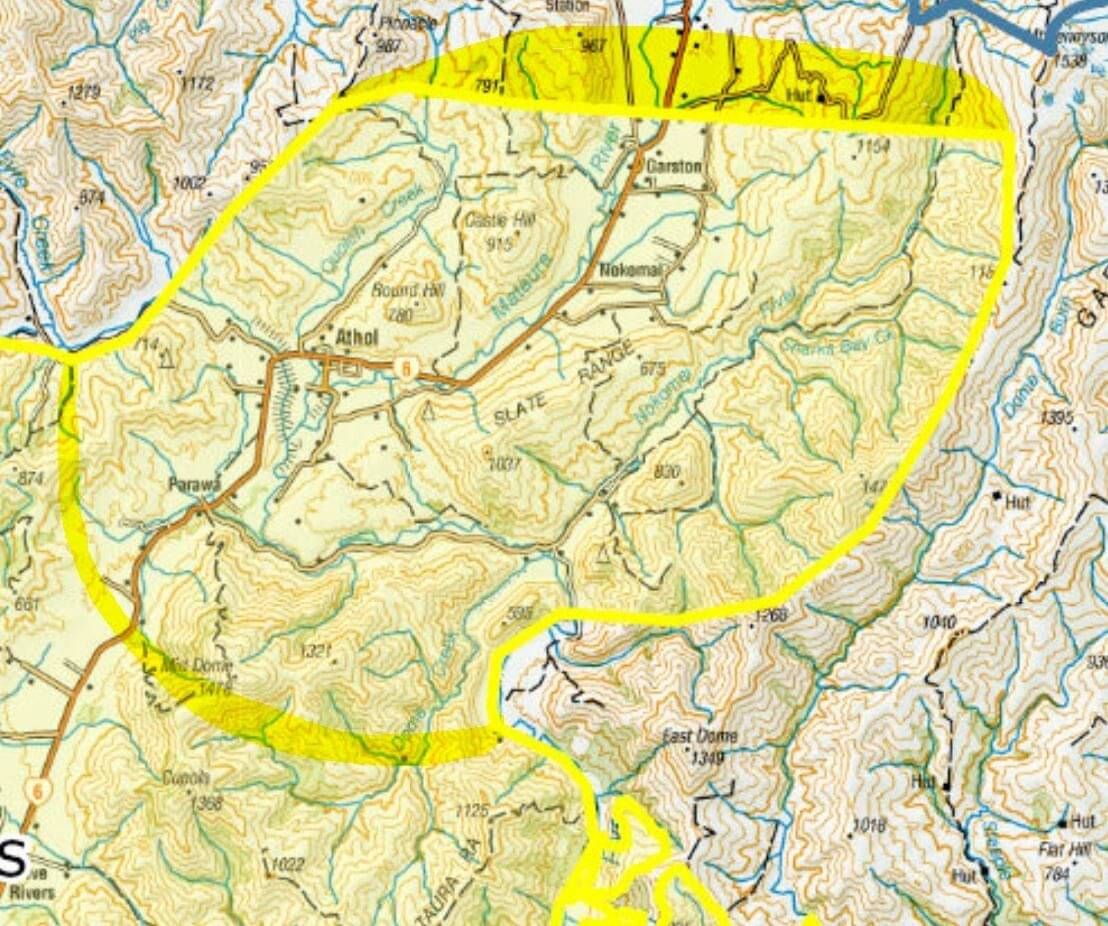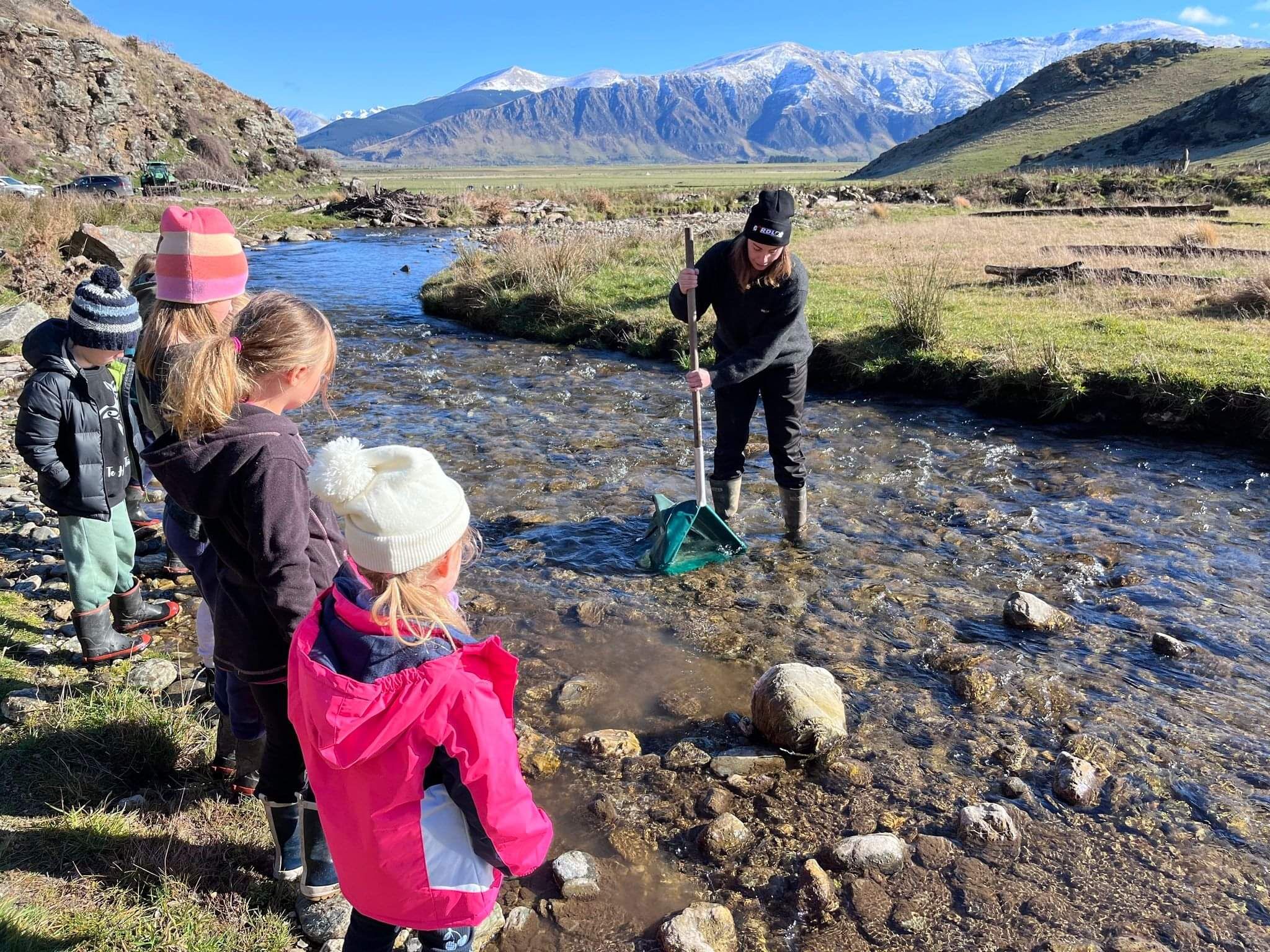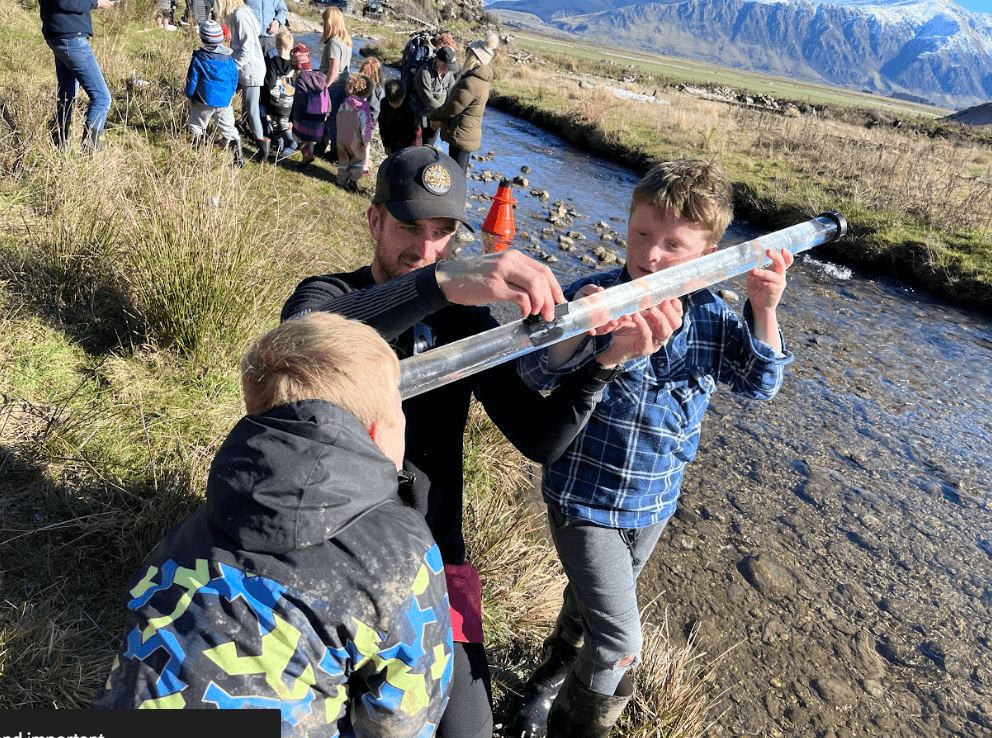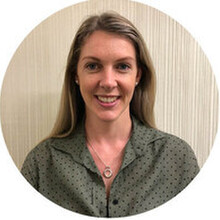Upper Mataura Catchment Group

Your Catchment Group Coordinator
Poppy Hardie
021914765
poppy@thrivingsouthland.co.nz
Catchment Group Contact
Steve Wilkin
027 437 5209
About Us
The Upper Mataura Catchment Group was formed in August 2021, branching out from the Between the Domes Catchment Group to focus on the local area. Covering the wider surroundings of Athol and Garston, the group aims to be more locally relevant and to encourage greater engagement from landowners.
The group’s purpose is simple: to connect the community for better environmental outcomes.
Catchment Area
The Upper Mataura Catchment Group covers the headwaters and upper reaches of the Mataura River, focusing on the Athol and Garston districts. The catchment includes a mix of high-country farmland, rolling hill country, and river flats, with the Mataura River running as a central feature.
This area is known for its strong farming base and nationally recognised trout fishery, making water quality and catchment health a shared priority for both landowners and the wider community.
Recent Events
The Catchment Group, together with Thriving Southland and Environment Southland, recently teamed up to support Garston School with a Catchment and Instream Health workshop. The day gave students the chance to step outside the classroom and get hands-on in their local stream.
They explored freshwater habitats, checked water quality, and discovered the tiny creatures that live in our waterways. It was a great way to learn about what makes a healthy stream and why caring for our catchments matters for the whole community. The students came away with a better understanding of how their local environment works and how they can play a role in looking after it.

Projects
Over the past year, the group has been busy carrying out water quality monitoring at nine different sites across the catchment, including using eDNA testing to pick up a wide range of species. The results were then analysed by a freshwater specialist and presented back to the group, helping to build a detailed picture of the health of local waterways.
More recently, the group had the opportunity to hear from Land and Water Science, who shared insights on how soil types, geology, land use, and water movement all connect to influence water quality in the catchment. This combination of science and local monitoring is giving the group a stronger understanding of what’s happening in their waterways and where opportunities lie for future improvement.


